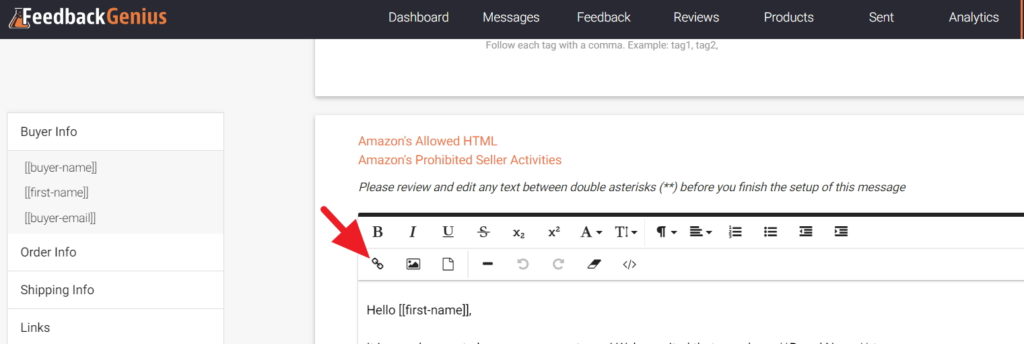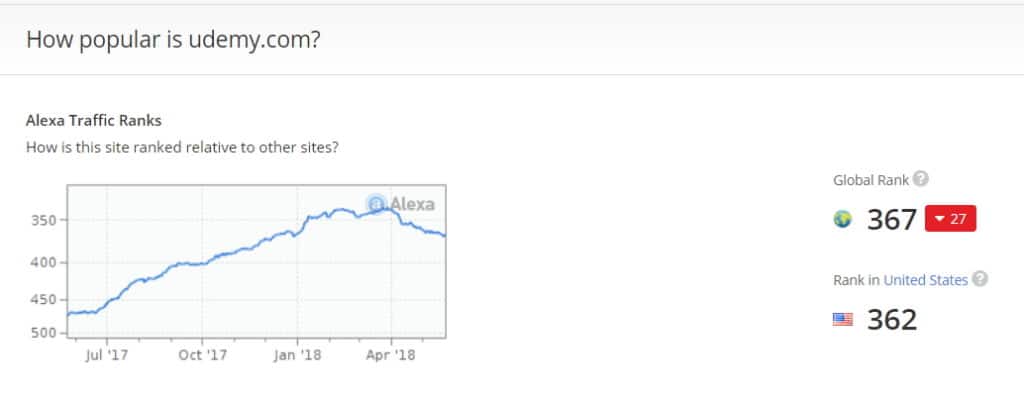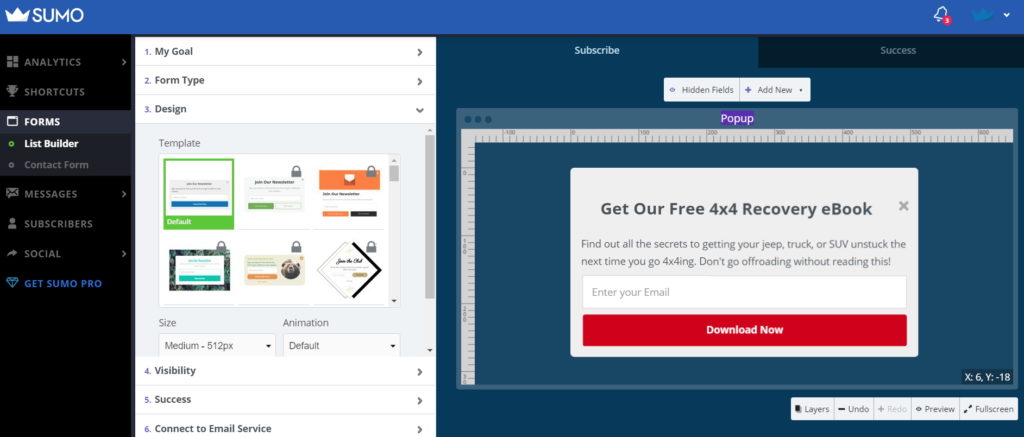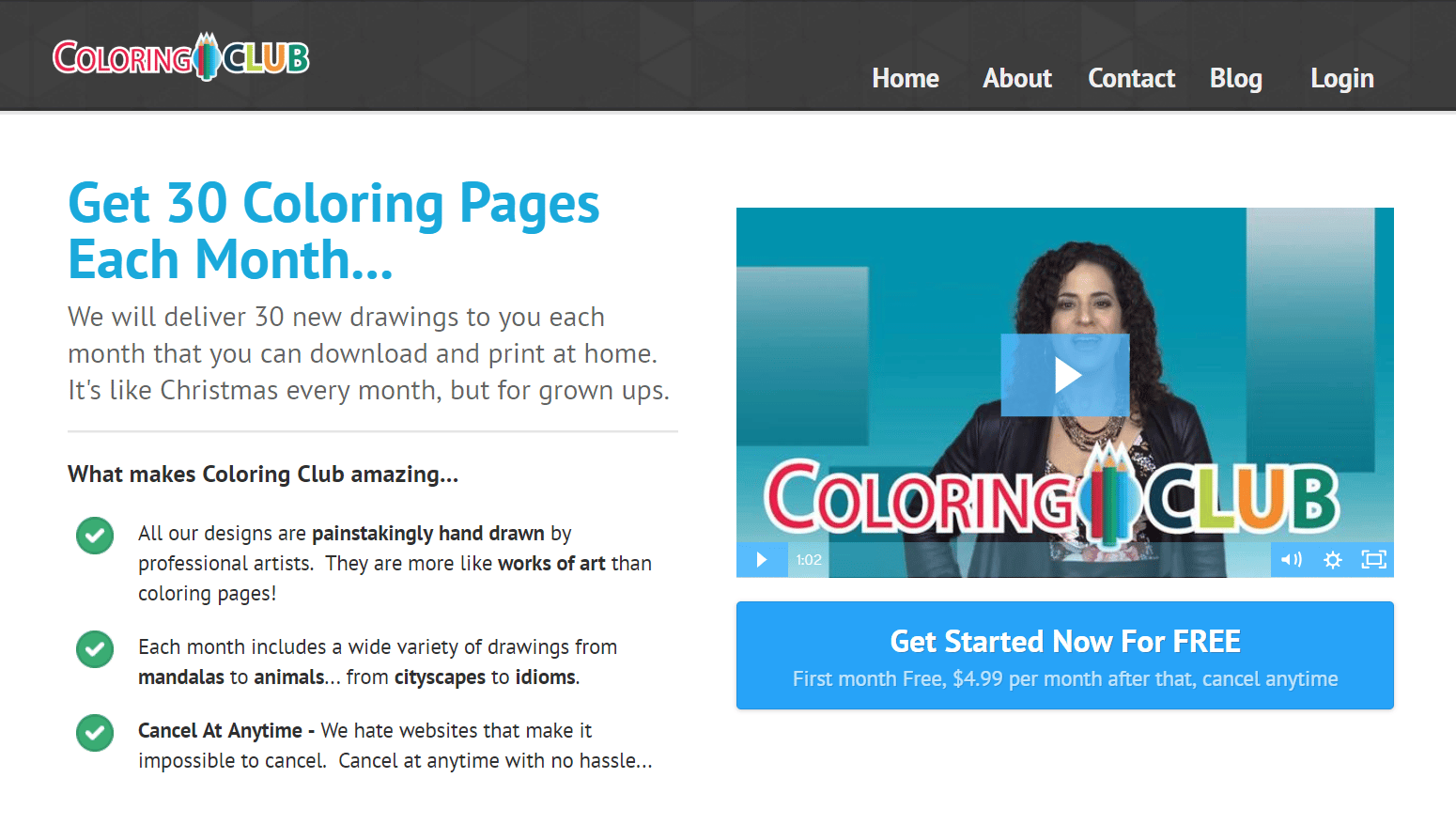Three Types of Digital Products to Sell for Your Ecommerce Company
Do you want to diversify your ecommerce business away from physical products and get into informational and digital products as well?
Digital products are void of the things that tend to stress ecommerce sellers out the most: they don't have heavy cash flow demands, they have higher margins, and they don't rely on (or compete with) Amazon. So how can your ecommerce business launch a digital product? In this article we'll discuss the types of digital products or your ecommerce company and how you can sell them.
Related Podcast: How Digital Products Can Bolster Your Ecommerce Business
What is a Digital Product?
A digital product is simply a product that you sell that only exists in cyber space and doesn't exist physically. The most popular types of digital products are arguably courses and e-books. However, other types of digital products include:
- Membership areas
- Templates/files/worksheets
- Podcasts/Music
- Webinars/Online conferences
Advantages and Disadvantages of Digital Products
As I mentioned in the introduction, digital products have a lot of advantages over physical products:
- They have little cash flow demands
- They have high margins
- They don't rely on Amazon
Possibly the biggest advantage is the lack of cash flow demands for digital products. If you run an ecommerce company selling physical products you know these types of businesses are money suckers. A general rule of thumb I give people is to expect to need 10% of your annual sales for inventory. That means if you have a $1 million business, you need roughly $100,000 in inventory. Eventually you run into scalability issues due to cash flow constraints. With digital products, your costs are essentially zero which also means you generally have higher margins.
But along with the advantages there are also several disadvantages including:
- Harder to distribute
- High marketing costs
- Longer sales cycle
Distribution is the biggest problem with digital products, especially for ecommerce sellers. There are platforms for digital content distribution, i.e. Udemy for online course distribution, but there is not one giant channel like there is in ecommerce with Amazon. In many ways, digital content is like the “good ole days” of ecommerce where you had to spend a ton of money attracting people to your website, not simply creating an Amazon listing. Because of this, the advertising and marketing costs are significantly higher for digital products.
Three Types of Digital Products for Your Company
eBook as a Lead Magnet to Collect Email Addresses
An eBook is THE classic digital product. They're cliched, ridiculed, and highly effective, even today. While you could potentially sell your ebook, the most common way to distribute it is as a free download in return for the user's email address. An eBook with a reasonable title should get around a 1-3% conversion rate on collecting emails. A free eBook lead magnet will convert much better than a “Subscribe to our Email” lead magnet.
Your ebook should be anywhere from 2-5 pages and saved as a PDF. I personally integrate a popup for all users on my site with Sumo.com and then integrate it with my email provider (Mail Chimp for my Offroading brand). You can do it without Sumo but Sumo has some very nice targeting and analytics features and has a decent free plan.
You should also enroll your subscriber in an automatic email sequence automatically after they subscribe. If you don't subscribe them to an email sequence you are losing out on some of the amazing automation benefits you can get with this type of thing. A sample sequence would be as follows:
- User signs up for eBook
- (Immediately after subscribing) eBook delivered to their email
- (3 days after subscribing) Short link to a blog post with more knowledge/tutorial/information on the eBook topic
- (7 days after subscribing) Short link to a blog post with more knowledge/tutorial/information on the eBook topic
- (10 days after subscribing) Promotional offer (i.e. 15% off select products)
- (13 days after subscribing) Short link to a blog post with more knowledge/tutorial/information on the eBook topic
It's important not to hit your subscribers with promotional offers immediately after downloading the eBook or you'll see a spike in your unsubscribes and abuse reports. Offer them more knowledge on the first two or three emails following their subscription to the eBook.
eBook as a Value Add For Current Customers (Including Amazon Customers)
One thing I like to do is to send an eBook to customers immediately after purchasing a product. The great thing is that this works with Amazon as well. You can simply setup your email sequence in your favorite Amazon autoresponder like Feedback Genius and include an attachment with a free eBook. If you do this, you want to make sure your eBook is not overtly directing people away from Amazon. This definitely means that you should not include any promotional offers in your eBook. Even a URL is a potential no-no. However, it's a great branding opportunity and you can make it very easy for people to find you even without explicitly advertising a URL.

I have seen sellers advertise in their listings that all orders receive a free eBook with their purchase. I am not completely sure if this is against Amazon TOS or not but even if it is, it's probably pretty low on Amazon's priority scale to enforce.
Membership Clubs
If you have a product with a loyal fan base you can potentially sell them into some type of membership club. Our very own Michael Jackness is doing this with Coloring Club where members get access to print-on-demand coloring pages and other benefits.
The beauty of having a membership component to your site is that it gives you an opportunity to get the all coveted recurring revenue. With membership clubs normally you are combining some type of discount on physical goods (i.e. essentially this is what a Costco membership does) or you get physical goods mailed to you at set intervals (i.e. like DollarShaveClub which mails you a razor each month). A good monthly membership plan could encompass the following:
- Customer receives physical goods that are mailed to them each month
- Customer receives a discount on other products
- Customer receives access to an exclusive monthly discount
- Customer receives access to an exclusive online community (i.e. Facebook group)
In general, the higher your monthly price point the higher your attrition rate (the rate at which users drop out). At some point, those monthly recurring dues on a customer's credit card statement are not so easily overlooked.
Courses and Knowledge
There is an enormous appetite for online courses. The chances are good that you've consumed an online course at some point in your life either through a traditional university or a private course such as one through Udemy. In fact, Udemy is now a top 500 internet property and e-learning is now estimated to be a $275billion industry. At EcomCrew we have our own online ecommerce courses and they've performed exceptionally well.

Online courses can work very well for an enormous number of traditional ecommerce niches, especially ones that require any technical knowledge. We have a fantastic podcast with Dan Faggella who sold hundreds of thousands of dollars worth of courses and training on self defense through his MMA website ScienceOfSkill.com. While certain industries have a larger appetite for online training than others (business and self defense are always popular) I would suspect almost any ecommerce niche could have a course developed for it (think you have a niche that can't have a course developed for it? Share in the comments box below).
I've tested a number of platforms for offering online courses (Learning Management Systems as the cool kids say) ranging from wordpress plugins, to ClickFunnels, to Kajabi. Each platform has its strengths and weaknesses, but by far my favorite platform has been Kajabi (despite its limited email capabilities and terrible analytics). The general game plan for developing a course would be to develop 3-10 hours of video content divided amongst 3 or more lessons. I highly recommend listening to Pat Flynn's podcast on course design for more in-depth information on designing a course from scratch. One giant caveat is that developing a course will almost always take more time than you anticipate. We easily spent 200+ hours developing our first EcomCrew course that was only a few hours long. You'll get more efficient over time though.
Conclusion
Developing a digital product can be an excellent diversification method for your ecommerce company. The irony with digital products is that many people start developing digital products expecting them to give higher returns on their time than physical products. In actuality, developing digital products (especially quality digital products) often takes far more time than physical products, especially if you take into account the time it takes to build an audience that trusts and believes in you. The upside is that while the time cost is high, the money cost is low.
In your opinion, what's the best digital product for ecommerce: ebooks, courses, or membership plans? Share your thoughts in the comments below.





